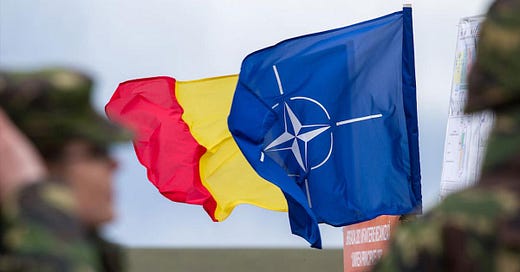This article was reposted with permission from Eagle Eye Explore.
THE MIHAIL KOGĂLNICEANU AIR BASE
Located near the port city of Constanța in Romania, on the western coast of the Black Sea, Mihail Kogălniceanu Internatio…
Keep reading with a 7-day free trial
Subscribe to DD Geopolitics to keep reading this post and get 7 days of free access to the full post archives.




